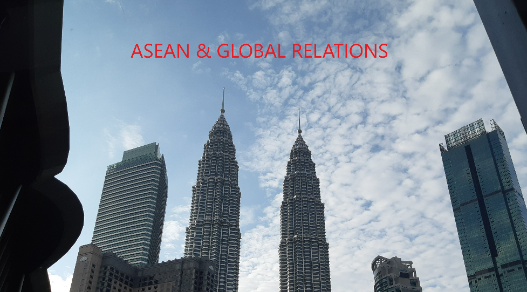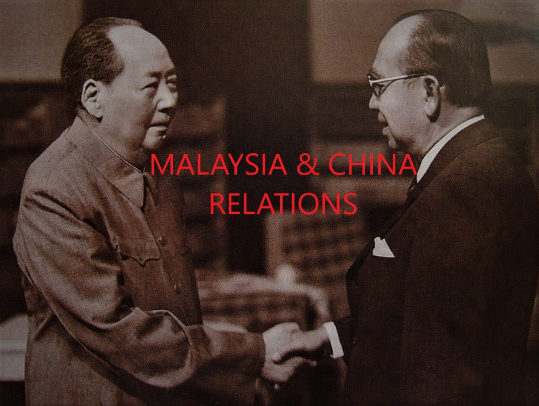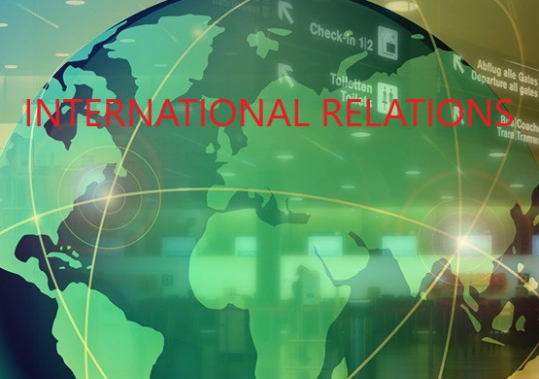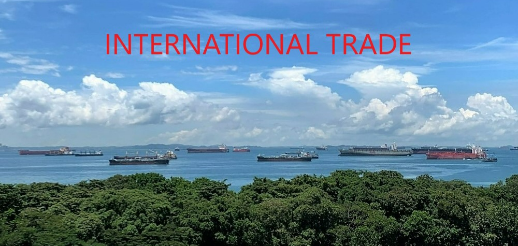Since the founding of the People's Republic of China, the Sino-US relations have develop into many twists and turns. The first warming relations between Washington and Beijing begin with an invitation of China's ping pong team to the US team to China on April 6, 1971. This event was subsequently known as the "Ping Pong Diplomacy". The intensification of US-China rivalry in the past years has captured significant attention lately and it appears to becoming a "new normal" in the great power competition in the near future.
The Association of Southeast Asian Nations or ASEAN was formed on 8 August 1967 for the purpose of accelerating economic growth, promote regional peace and provide mutual assistance on matters of mutual benefits. Today, Asian region offers a growing market of more than 650 million consumers and home of the world's fastest growing population of internet users. The ASEAN Charter sets out the framework for ASEAN to develop friendly relations, and deepen co-operations with other countries and international dialogue partners.
Malaysia and China relations have gone way back since the Sultanate of Malacca days. According to archives, the Ming dynasty had played a role in Malacca's foreign affairs. On May 1974, Malaysia became the first Asian country to establish diplomatic relations with China. Following the end of the Cold War, the two countries saw deeper people-to-people exchanges. China has also been Malaysia's biggest trading partner for many years. Nevertheless, the relationship between Malaysia and China is not without conflict. Notably the continuous Chinese actions in the South China Sea is a flashpoint for a potential crisis that could veer in a different direction.
The Indo-Pacific region is now facing various challenges and in various forms. With the intensifying geopolitical, economic and military discontentment, there is now a heightened need to be aware of the nature of security threats facing individual states and nations, from nuclear proliferation to terrorism. The increasingly transnational and multifaceted nature of terrorism calls for a strong multilateral response. The UN Global Counter-Terrorism Strategy was adopted in 2016 to provide a common strategic and operational approach to fighting terrorism. The nature of terrorism has changed so does the need for more comprehensive security laws.
The concept of emerging powers relates to one's nation capacity to direct the decision and actions of others. Their expanding powers in many ways influence and reshapes the structure of the international system. Studying international relations entails a thorough understanding of global powers and its impact on foreign policy, diplomacy, domestic laws, economics to security of other nations. As an academic discipline, the study of international relations seeks to understand how various nations operate within the international system using a board range of multidisciplinary approach and existing theories.
International Trade plays a major role in the global market. The Silk Road may perhaps be the most famous and first international ancient trade route. This route connected China to the ancient Roman empire. Today, international trade encompasses a full range of cross-border exchanges of capital, goods, services, and resources between two or more nations. The integration of international business into global economic ecosystem has been a key contributor to many countries' economic growth and development. Yet international trade can also be one of the most contentious of political issues.
| TOPICS | |
| 1 | Malaysian International Relations (Malaysian foreign policy and Malaysia's relations with its neighbours in ASEAN and East Asia, nations of the Asia Pacific and the wider community) |
2 | ASEAN (Community-building in ASEAN, ASEAN Plus Three, East Asia Summit (ASEAN Plus Six) and the wider Asia Pacific) |
| 3 | Great Powers' relations with Southeast Asian States (Southeast Asian states' relations with Great Powers in the context of the shift of global power-balance from the West to the East in the 21st century) |







